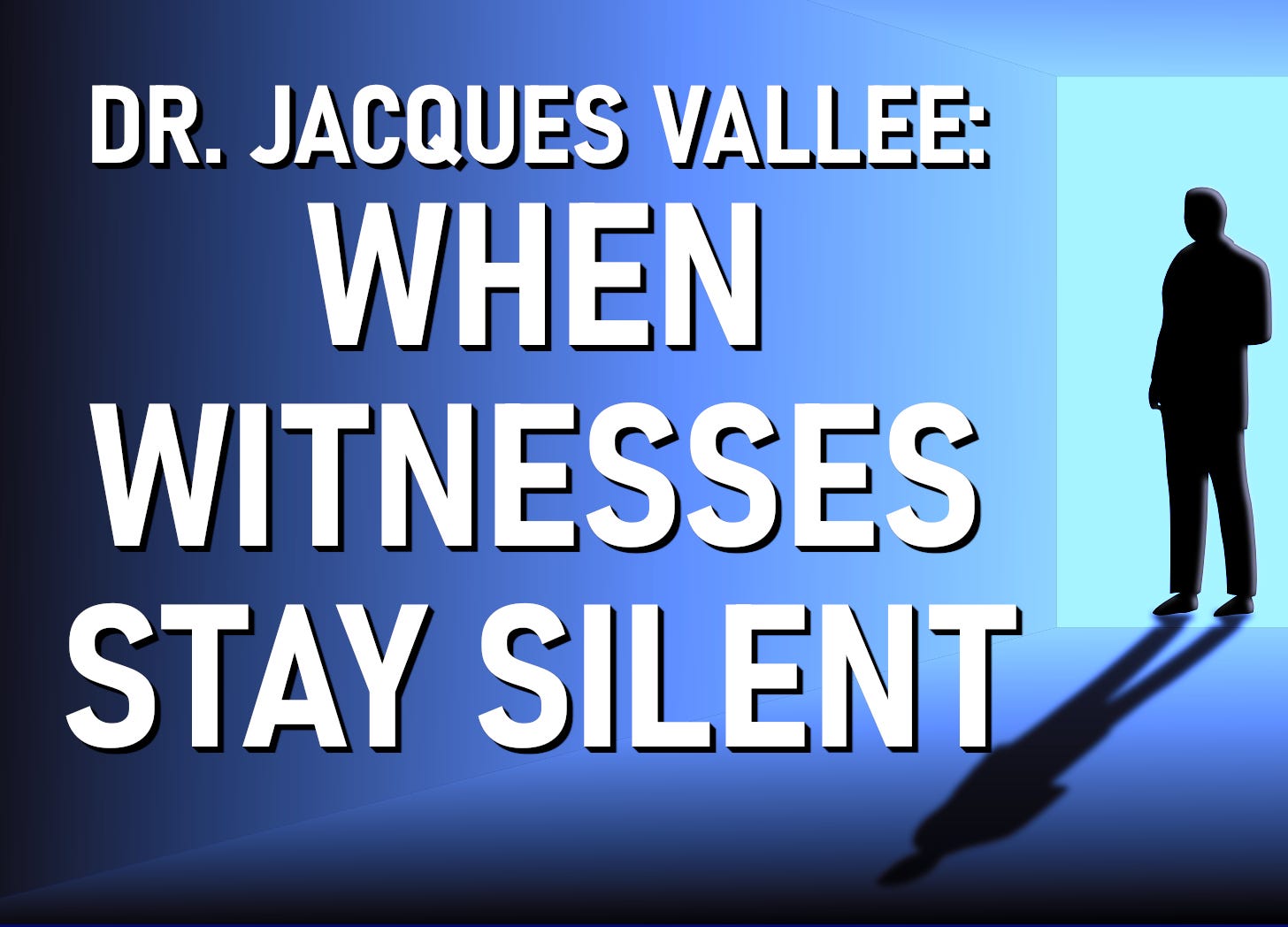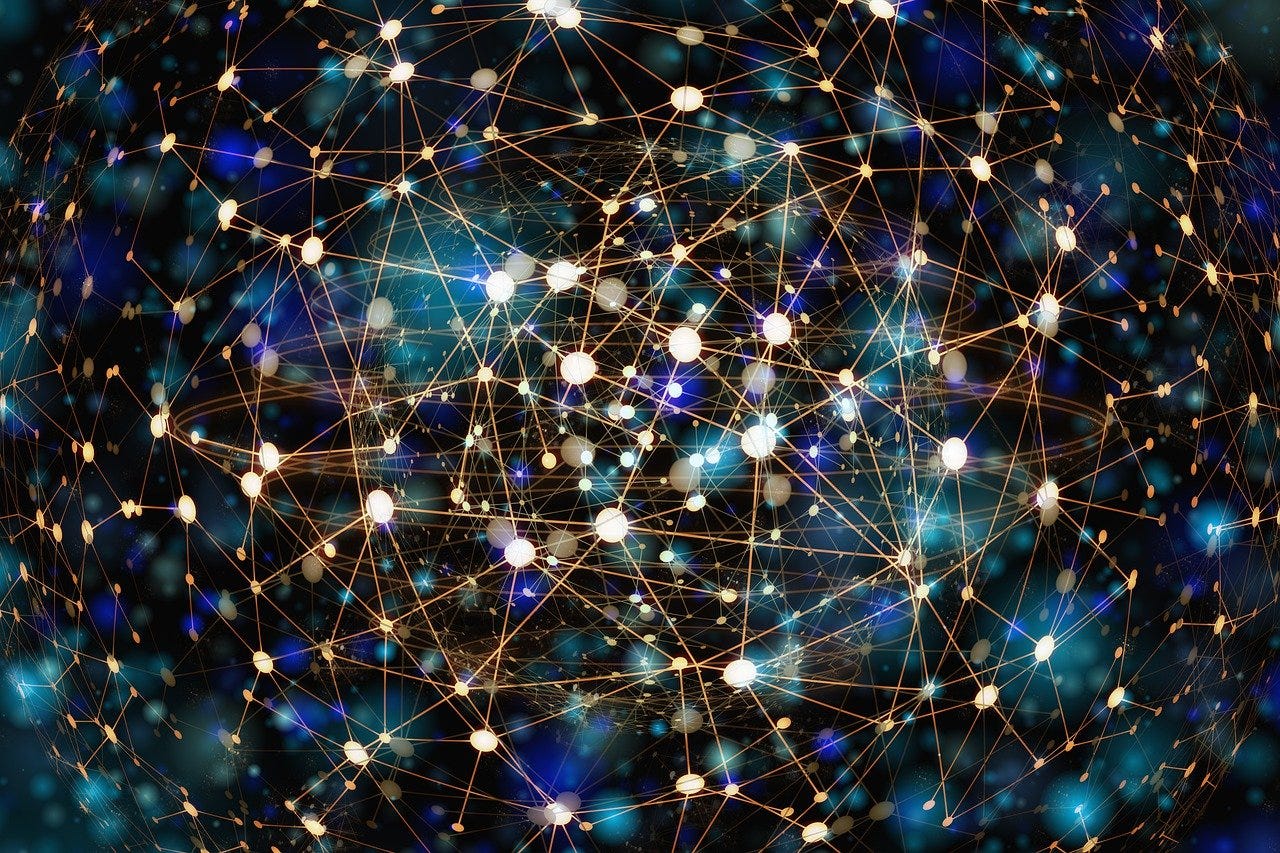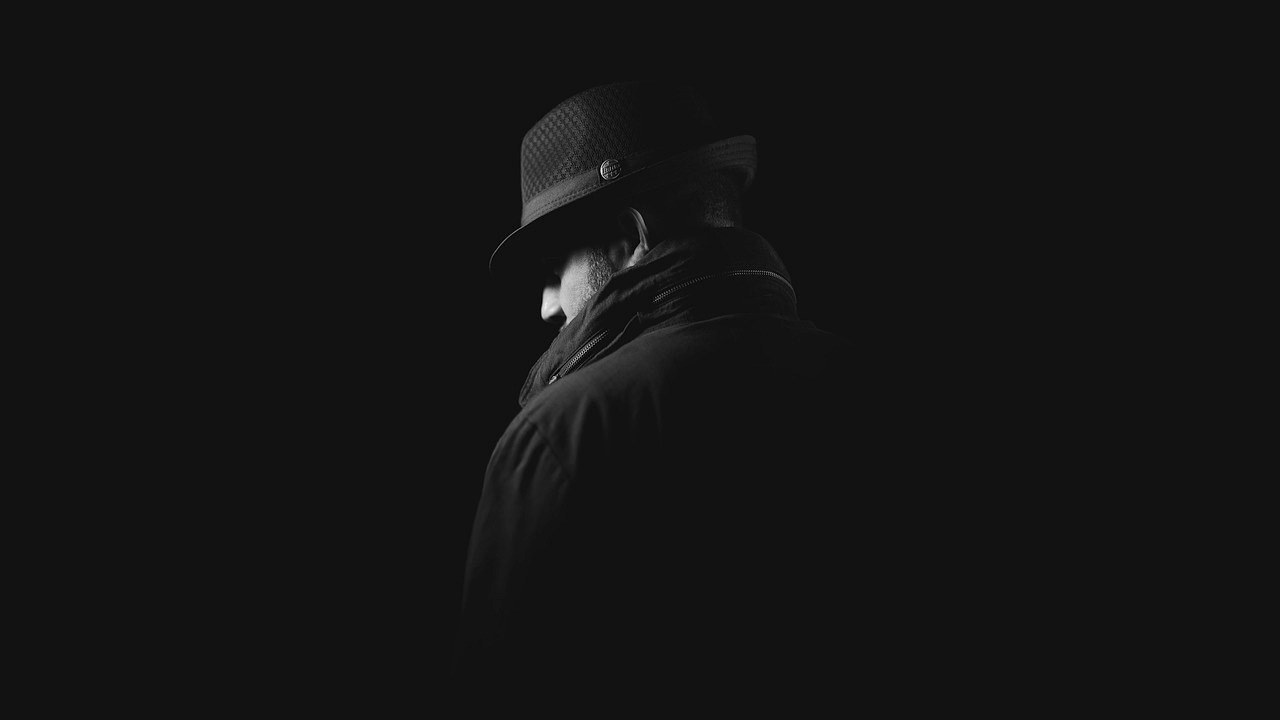SOL Conference : Dr. Jacques Vallée
During the SOL Conference, Dr. Jacques Vallée gave an introduction on Unidentified Anomalous Phenomena, witnesses, and scientific research.

The SOL Foundation's mission is to conduct scientific research into UAP (unidentified aerial phenomena) since the U.S. government first recognized their existence. Its work extends to consulting, policy and public education. The first conference took place at Stanford University last November, and brought together leading specialists on the UFO subject.
Jacques Vallée, computer scientist, astrophysicist, ufologist and renowned author, began his address with a touch of humor: he has waited 65 years for such a gathering of scientists on the UFO subject. He recalled his four years of study on this very campus, first in computer science, then in plasma research under Professor Peter Sturrock, with whom he developed models of solar corona, pulsar energy and unidentified flying objects. By 1972, it was already clear to them that these three fields were linked.
On the political side, he first presented a photo of President Clinton talking privately to astrophysicist Professor Jack Gibbon, his science advisor from 1993 to 1998. At that time, Mr. Lawrence Rockefeller, a well-known advocate of American science and the environment, had strongly suggested to President Clinton that he lift the secrecy and stigma surrounding the UFO issue in the United States, to no avail, as the problem was scientific but above all political.
Then, at a conference in 1994, Professor Gibbons was asked how he had advised President Clinton on the subject, but declined, suggesting one should ask the White House. Instead, he opted to tell a story, going like this: a tired old man walks home in the evening. In the grass along the path, he perceives an unusual light, and as he approaches, he discovers a frog wearing a small luminous golden crown. He is intrigued by this discovery and picks up the frog to put it in his pocket, when it starts talking to him. The frog explains that it is in fact a rich young princess turned into a frog by a magician, and that all he has to do is kiss her. She'll become human again, they'll live happily together, and have many wonderful children. The old man thinks seriously about the situation for a while, then puts the frog in his pocket and says, "At my age, I'd rather have a talking frog."
Jacques Vallée's audience laughed, but he remained very serious, because although the story is amusing, it's the clearest explanation he's heard given the history of the UFO problem in the USA.

How do you sort, extract and analyze data?
Jacques Vallée looked back on his years on campus, introducing his colleagues who were pioneers in the field: Dr. James Harder of the University of California at Berkeley, Dr. Richard Haynes of NASA, Mr. Brad Sparks, an independent researcher, Dr. Bruce McAbee of the US Navy, and Professor Sturrock, who launched UFO research at Stanford. They took advantage of their access to a computer to compile catalogs of unexplained UFO sightings in 1973. They developed a program to separate the most interesting cases from those that were probably explainable or likely to be explained.
At the time, France’s CNES (the world's third-largest space agency, and the only one able to launch heavy satellites and the Kepler telescope from the equator) was also interested in UFO information. After cleaning up the data, 5-10% of cases remained unexplained (removing exceptional optical effects, observation errors or witness interpretation). This percentage has now fallen to 2%.
His study group at Stanford also included a retired army officer, who in 1943 was in charge of German submarine surveillance and detection. His unit had studied the complexities of statistics, and he strongly disagreed with Vallée and his colleagues - they had taken the problem the wrong way around. He explained that if the 2% of unidentified objects were in fact German submarines, the situation would be very serious for the United States.
So he encouraged Jacques Vallée to apply the same discipline to UFOs that the army had applied to detecting enemy periscopes in the North Atlantic waves. In the intelligence field, 98% of cases are probably given away freely by the enemy; the remaining 2% are potentially lethal.
Jacques Vallée hasn't forgotten this lesson:
We're at the same point today, when government services have announced that the vast majority of reports are explained away, as we saw recently before Congress, this simply means that the data is very poorly controlled. What's important is the other 2%.
He referred to the work of Marie Curie, who, in trying to characterize unexplained sources of radiation in uranium, had obtained only a tenth of a gram of radium chloride for several tons of raw material. This tenth of a gram became his second Nobel Prize. So it is important for scientists to work on unexplained phenomena, even if it is a thankless task.
He continued with the scientific question posed by UFOs, which he says cannot remain unanswered indefinitely. Ordinary citizens are reporting personal sightings with increasingly precise parameters. The USA has aircraft equipped with electronic and optical detectors, invisible and infrared light, and hours of recorded data can be exploited.
In France, the CNES services can now correlate witness observations with the precise meteorological measurements of the moment, military data, space observations and local airports, which are now equipped with a very interesting atmospheric surveillance system.
Jacques Vallée asked: "Why does the phenomenon remain mysterious to the public and the Pentagon, 65 years after their first studies on the subject?"
The answers lie in the statistics.

How are cases reported and recorded?
He presented a graph he designed with two distinct curves, one black, the other red. On the left was a numbered scale from 1 to 10 representing reports of sightings, and at the bottom, a scale from 1 to 7 categorizing the strangeness of the phenomenon.
In the middle of the first black curve were three categories of sightings:
In strangeness category 1, the witness may have observed an unusual light in the sky or at ground level, which behaved in a curious way. He or she is unlikely to call the authorities, but the sighting may become known, especially if there is an unusual physiological reaction at the same time, or another incident.
In strangeness category 2, the object is better defined, like a luminous body with complex shapes or movements. Sometimes, it's a precise, silent, constant light that has suddenly gone out, so it can't be an artificial satellite.
These cases are passed on to reputable official organizations. Vallée assumes that three out of ten people would report something if it affected them personally in some way - for example, if they had a physiological reaction.
In strangeness category 3, the situation is urgent. People call the Air Force, the army, the police. Like this orange globe following your car down a lonely road, a luminous object like a plane on fire appearing to have crashed behind the next hill. The light plunging onto a lone car and the engine shutting down at the same time. A flotilla of lights slowly crossing the sky, leaving a trail, or a wingless flying cylinder flying over an aircraft carrier. These cases can be found in police reports, and some can be explained away, but even if official documents are produced, they often end up in the archives of the agency concerned. Others are collected by civilian services, military units and radar stations.
Next comes strangeness category 4, where the two curves in the graph intersect. The first curve decreases with the strangeness category of the phenomenon, while the second curve, in red, increases. The red curve therefore represents the strangest cases in categories 4 to 7, the category with the most observations and the fewest officially reported cases.
If an object surmounts a car and lands on the road in front of you, then takes off again, the report may not go to the air force. It may go to the local police, probably. And in many cases, it goes to a local journalist or independent researcher. In most cases, there's no report, because you're afraid people will laugh at you or your company's reputation will be damaged.
In the fifth category of strangeness, everything gets even scarier. The likelihood of an official report is almost nil. Perhaps a creature emerged from the object in front of your car. Witnesses may have felt some form of communication with this creature, or even a physiological reaction, such as temporary paralysis. "We have many cases of this type, hundreds of them."
These cases have filled Jacques Vallée's files over the years.
Experienced ufologists will tell you that there is a category six and a category seven, which are very rarely taken into account by the police, the military or serious news agencies, because they are bizarre. They are also numerous and rich in content. No witness wants to be dismissed as a madman by a scientist, journalist or law officer. Yet these stories are often linked to very real physical observations.
In category seven, we would place testimonies containing what French sociologist Pierre Lagrange has called rumor. The probability of an official account is very low.
Jacques Vallée concludes that current methods of analysis are insufficient, that these reports contain mostly observations by the public, and that military analyses, while relevant, are a minority of observations in the USA. He notes that the probability of a UFO or UAP report varies according to the strangeness. It is very high when the case is clearly abnormal and observed under good conditions, but does not threaten the emotional stability of the witness.
Strange sightings, on the other hand, because of their highest potential scientific interest, only reach the official services by accident, and are difficult to analyze and categorize. We don't have a clear enough idea of their overall characteristics.
We know about the USA, we know about France. What do we know about India? What do we know about Afghanistan? We don't have a precise enough idea, and we can't get it from official archives, secret or otherwise. Among the services concerned, the military authorities occupy a better-defined position, but one that is more isolated from the deeper social reality. Their equipment provides technical data of the highest quality, but it only concerns specific areas that do not provide the overall picture we need. In particular, they treat any anomaly as a potential threat to be extinguished, rather than as an opportunity to be observed, analyzed and recorded.
When we're told that 2% or 3% of cases remain unexplained after serious study, we need to relate these figures to the estimated number of sightings that go unreported. And you have to ask yourself why they weren't reported. How many are there? The official services work on a large sample, but this is limited by strict selection parameters, which restrict the scope of their conclusions.
On the use of artificial intelligence, Jacques Vallée explains that it is only a tool that synthesizes the data brought to it; if we can't define the problem, AI will in no way solve the UFO mystery (Jacques Vallée obtained a PhD in 1968 from Northwestern on AI).
"The real solution lies in the more subtle categories of data, the ones we've neglected all along, categories five, six and seven," which require field investigation. And in the future, these are the ones he wants to focus on.
Regarding public disclosure, Jacques Vallée sees a grave danger in any future response to the phenomenon based on media revelations. It is mainly presented as an imminent danger in order to obtain funding from the army, without paying the necessary attention to the most elusive categories.
We also need to explain to people that what they're observing isn't necessarily alien; we need to educate the public to recognize what they're seeing.
The real danger lies in the absence of a broader, more fundamental and accessible research program, covering life sciences and social realities, as well as physical performance and military threats. Beyond the justified protection of a few secret projects, it's time for the major countries, and not just one, to open the real issues wide to the scientific community.
Translated from French by Kate and Guillaume Fournier Airaud
This work is licensed under CC BY-NC-ND 4.0





